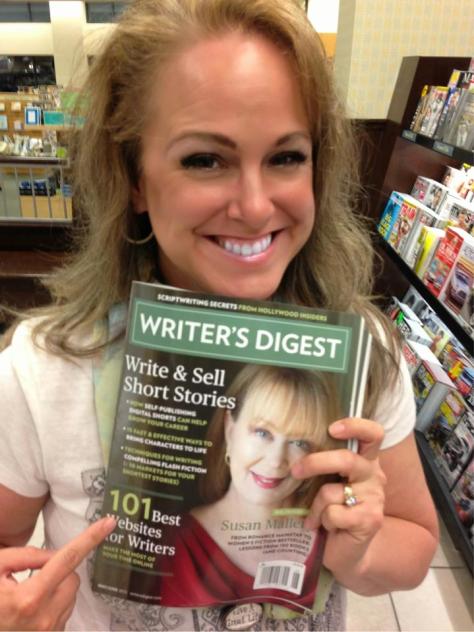It’s a good idea to use your family’s medical history as a guide to what problems may await you; there’s no escaping genetics.
At the age of 54, I realised that I’d outlived the age my father reached by one year, and that it might pay to check for signs of what killed him—bowel cancer. He knew he had problems for twenty years, but being of a generation embarrassed about anything to do with his bum, he did nothing about it. Had he gone to the doctor, he might well have lived for another twenty years. Bowel cancer is highly treatable, if caught in the early stages.
http://www.irishhealth.com/article.html?level=4&id=25759
I had experience of what might be involved in a colonoscopy, as I’d had an endoscopy two years before. This was a precautionary procedure, recommended by my doctor after I visited her on returning from America. I’d shown symptoms of stomach ulcers, while still living stateside, like a hot iron had been pressed to my tummy. It was probably caused by stress from a toxic marriage.
Back in my beloved Cornwall, the attacks diminished, but for some reason, I felt compelled to eat porridge oats and muesli of an evening, lifting pinchfuls into my mouth. I mentioned this to a hedge witch friend, who said it was a folk medicine remedy for ulcers, so perhaps my gut knew something I didn’t.

The endoscopy procedure was simple, though I’d been anxious about having a gag reflex when the cable carrying the camera was inserted down my gullet. I’d obeyed instructions not to eat anything for twelve hours beforehand, and the surgeon numbed my throat with a spray anaesthetic (that tasted of pears!) which made threading the device into my throat easy. I was laying down, unable to see the monitor screen, listening to him say “You’ve had two large ulcers, but they healed themselves really well…I’ve never seen anything like it.”
Cable removed from my throat, I told him about eating oats, which made him look at me like I was a medieval yokel who’d gone to see the medicine woman, before muttering “I’ve heard of that, but didn’t think it would work.”
Relieved at the all-clear, I decided some probing in a northerly direction was in order. My GP was delighted at my sensible decision. I duly received instructions of how to prepare for a colonoscopy. For the surgeon to see the colon, it has to be cleared of what’s lingering there…This meant not eating for a couple of days beforehand and taking purgative salts in water to act as an enema. These worked alarmingly well—inducing shit through the eye of a needle wateriness—I was afraid to cough, taking time off work to stay near the toilet.
I understand that things are easier these days, but in 2008 I felt like I’d been scraped hollow.
https://www.health.harvard.edu/diseases-and-conditions/how-you-can-make-colonoscopy-prep-easier
Not eating for a couple of days made me giddy, eager to get the procedure completed, so I could have a meal. I turned up at the hospital, where I had to sign waiver forms in case something went wrong. I changed into a hospital gown, exposing my buttocks for access, and padded through to the operating theatre. Where a dozen medical students stood waiting for the show!
Introduced to the surgeon, a shy Indian doctor who asked my permission to be a teaching aid, I went horizontal laying on my side on the operating table. This time, I could see what was happening to my innards, as a large LED monitor screen was in front of me, which I shared with the trainee doctors. Topical anaesthetic cream numbed my anus, so I didn’t feel much as I was probed.
Seeing what I looked like inside was surprisingly beautiful, for the image showing was tinted emerald green as the light shone on the folds of my inner tubes. It reminded me of footage shot by spelunkers who swim through flooded caverns. Occasionally, the surgeon paused to examine a section of colon, but the whole procedure was over in ten minutes. He removed the endoscope, thanking me for my cooperation, whereupon the students gave me a round of applause!
Had he found irregularities, he’d have removed tissue to biopsy, but I was given the all-clear. The worst part of the whole thing was the purging. The procedure itself was a doddle.
https://www.healthline.com/health/colonoscopy#procedure
On returning to work the next day, I told colleagues what happened, including two middle-aged men who decided to have an endoscopy. They’d been nervous about doing so, but had similar experiences to mine.
If you’re over fifty, it makes sense to have a colonoscopy.



















